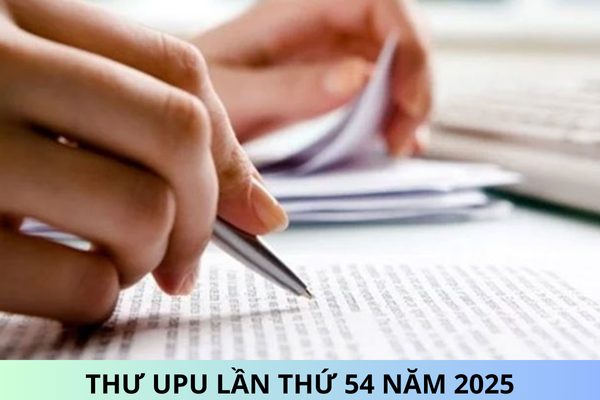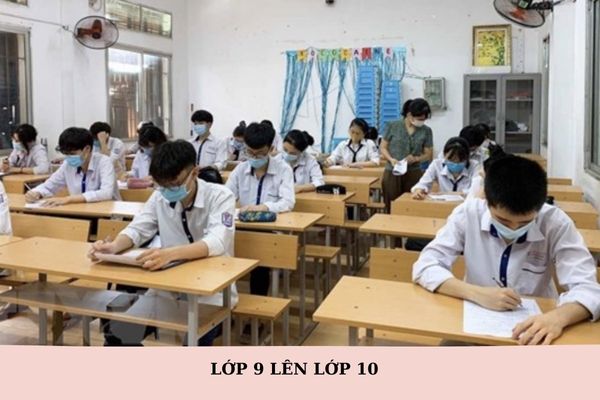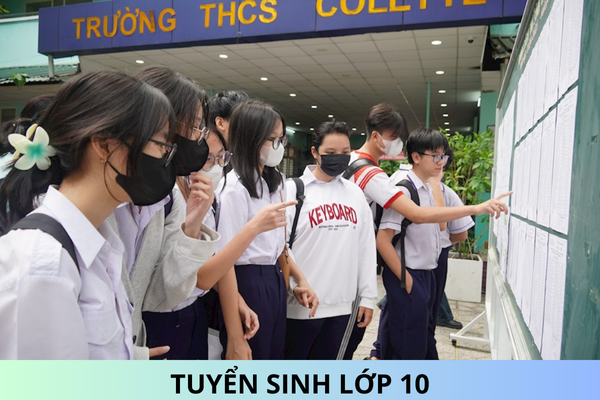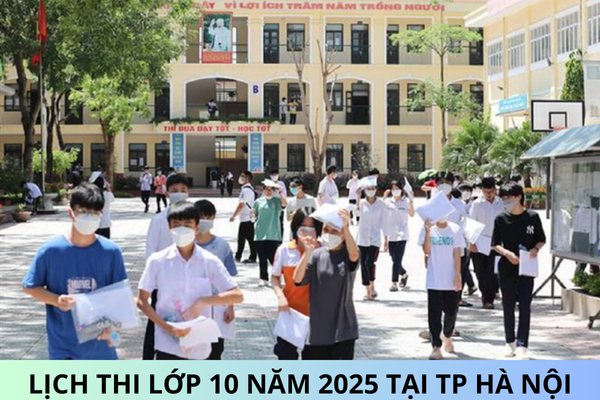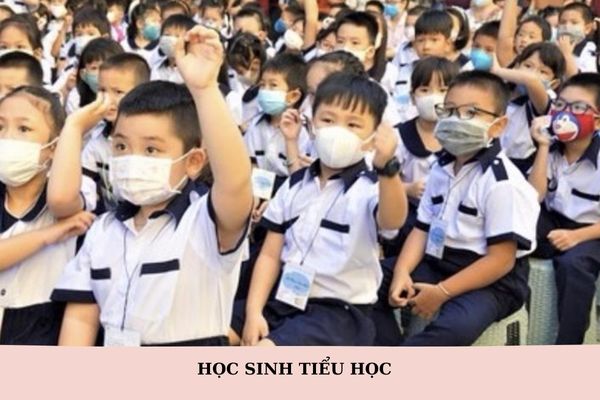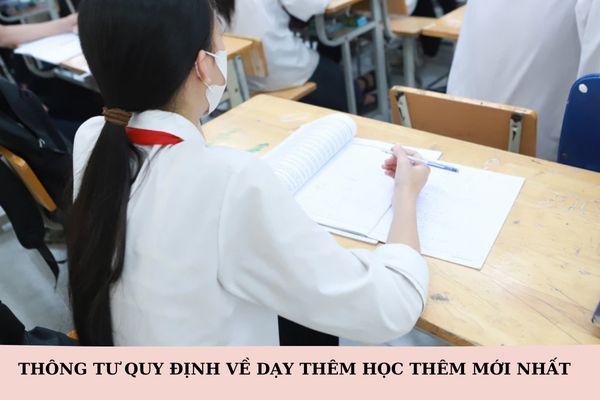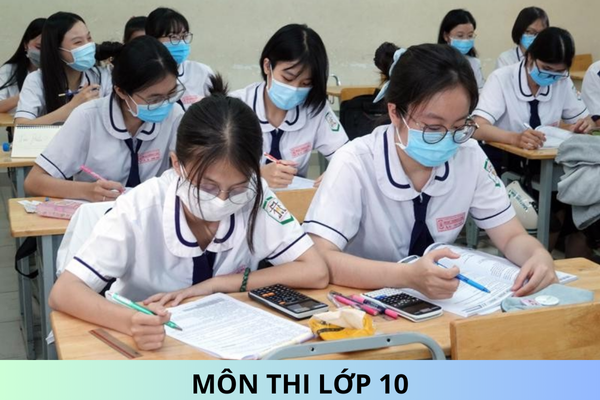What are sample letters for the 54th of the UPU International Letter-Writing Competition in 2025 (Imagine you are the ocean) in Vietnamese?
What are sample letters for the 54th of the UPU International Letter-Writing Competition in 2025 (Imagine you are the ocean) in Vietnamese?
The UPU letter is a form of creative writing, often used in competitions or educational activities aimed at encouraging students to utilize their imagination. In the "UPU Letter", the writer is asked to transform into a character or a natural phenomenon (for example, the ocean) and write a letter to a specific audience (such as humans) to explain reasons and propose ways to take care of and protect that entity.
The 54th of the UPU International Letter-Writing Competition in 2025 has the theme “Imagine you are the ocean. Write a letter to someone explaining why and how they should take good care of you”.
Below is the sample letter:
Đại Dương – Ngôi Nhà Của Sự Sống
Mùng ... tháng ... năm 2025
Kính gửi toàn thể con người trên Trái Đất,
Tôi là Đại Dương – cõi nước mênh mông, nơi chứa đựng bao điều kỳ diệu của sự sống. Từng con sóng của tôi không chỉ vỗ về bờ cát, mà còn kể những câu chuyện của thời gian, của niềm vui và nỗi buồn của bao thế hệ con người. Hôm nay, tôi viết thư này để gửi gắm lời kêu gọi của chính mình – lời kêu gọi bảo vệ, chăm sóc và yêu thương ngôi nhà chung này.
Từ sâu thẳm lòng tôi, các bạn có thể nghe thấy tiếng thở nhẹ nhàng của hàng triệu sinh vật biển. Tôi từng là nguồn sống của đủ loài cá, san hô, tôm, cua, và cả những loài sinh vật nhỏ bé mà bạn có thể không biết. Tôi từng là nơi các bạn tìm về để thư giãn, tận hưởng vẻ đẹp của thiên nhiên và hòa mình vào không gian yên bình của biển cả. Nhưng giờ đây, tôi đang chịu đựng nỗi đau của ô nhiễm, của những mảnh rác nhựa và hóa chất độc hại tràn ngập khắp nơi.
Các bạn có biết rằng, mỗi khi bạn bỏ rác bừa bãi, mỗi khi bạn sử dụng những sản phẩm nhựa dùng một lần, tôi lại phải gánh chịu thêm gánh nặng? Tôi không chỉ là nước mát, mà còn là nơi lưu giữ bao ký ức của thiên nhiên – những hình ảnh hoàng hôn rực rỡ, những cơn sóng vỗ bờ êm đềm. Nhưng nếu không có sự quan tâm của các bạn, tôi sớm mất đi vẻ đẹp nguyên sơ ấy, và cùng lúc đó, tôi cũng mất đi khả năng nuôi dưỡng sự sống.
Tôi biết rằng, con người có thể làm được rất nhiều điều để giúp tôi hồi phục. Hãy cùng nhau hành động:
Giảm thiểu sử dụng nhựa: Hãy thay thế bằng những vật liệu thân thiện với môi trường.
Dọn dẹp rác thải: Hãy chủ động giữ cho bờ biển luôn sạch sẽ, tươi mát.
Bảo vệ sinh thái biển: Hãy tôn trọng và bảo vệ những khu vực tự nhiên, nơi sinh sống của hàng triệu loài sinh vật biển.
Lan tỏa thông điệp bảo vệ đại dương: Chia sẻ với bạn bè, người thân về tầm quan trọng của việc bảo vệ môi trường biển.
Tôi kêu gọi các bạn hãy trở thành những người bạn thân thiết của tôi, để từ đó, tôi có thể tiếp tục vỗ về bờ cát, mang đến niềm vui và hy vọng cho muôn loài. Hãy cùng nhau xây dựng một tương lai xanh, trong đó biển cả luôn trong xanh, những sinh vật biển luôn an toàn và ngôi nhà chung này luôn tràn đầy sức sống.
Với tất cả tấm lòng yêu thương, tôi hy vọng rằng, qua những hành động thiết thực của các bạn, tôi – đại dương bao la – sẽ sớm hồi phục, trở lại với vẻ đẹp nguyên sơ như ngày xưa.
Trân trọng,
Đại Dương của các bạn
Note: The sample is for reference purposes only!
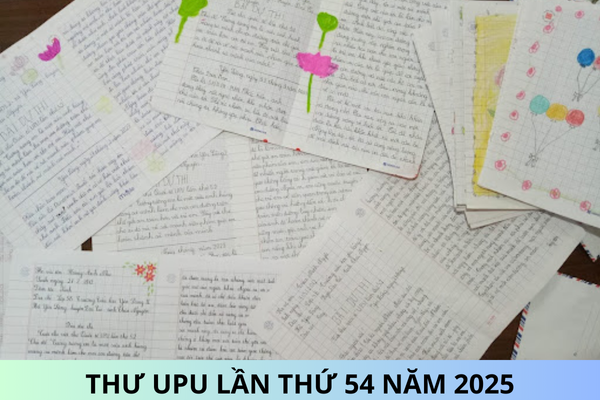
What are sample letters for the 54th of the UPU International Letter-Writing Competition in 2025 (Imagine you are the ocean) in Vietnamese? (Image from the Internet)
Who are the learners in the national education system in Vietnam?
Based on Article 80 of the 2019 Education Law, learners in the national education system include:
- Children in preschool education
- Students in general educational institutions, vocational training classes, vocational education - continuing education centers, vocational education centers, secondary schools, college preparatory schools
- Students in colleges, universities
- Learners in master's training institutions
- Doctoral research students in training institutions
- Students in continuing education programs
What are the provisions for general education levels in Vietnam?
According to Article 28 of the 2019 Education Law, the grade levels and ages for general education are provided as follows:
Article 28. General Education Levels and Ages
- The grade levels and ages for general education are regulated as follows:
a) Primary education is implemented over 05 school years, from grade one through grade five. Students entering grade one are 06 years old, calibrated by year;
b) Lower secondary education lasts 04 school years, from grade six through grade nine. Students entering grade six must have completed primary school. The age for starting grade six is 11, calibrated by year;
c) Upper secondary education is carried out over 03 school years, from grade ten through grade twelve. Students entering grade ten must have a lower secondary education diploma. The starting age for grade ten is 15, calibrated by year.
- Special cases for students enrolling above their age level include:
a) Students accelerating in their studies in cases of early intellectual development;
b) Students studying beyond the age requirements due to repeating grades, residing in areas with exceptionally difficult socio-economic conditions, being ethnic minorities, having disabilities, being physically or intellectually underdeveloped, being without immediate family, being from poor households, returning from abroad, and other scenarios as prescribed by law.
[...]
Thus, the levels and ages of general education for students are specified as follows:
[1] Primary education is implemented over 05 school years, from grade one through grade five. Students entering grade 1 are 06 years old, calibrated by year.
[2] Lower secondary education spans 04 school years, from grade six through grade nine. Students entering grade six must have completed the primary education level. Students entering grade 6 are 11 years old, calibrated by year.
[3] Upper secondary education is conducted over 03 school years, from grade ten through grade twelve. Students entering grade ten must possess a lower secondary education diploma. Students entering grade 10 are 15 years old, calibrated by year.
